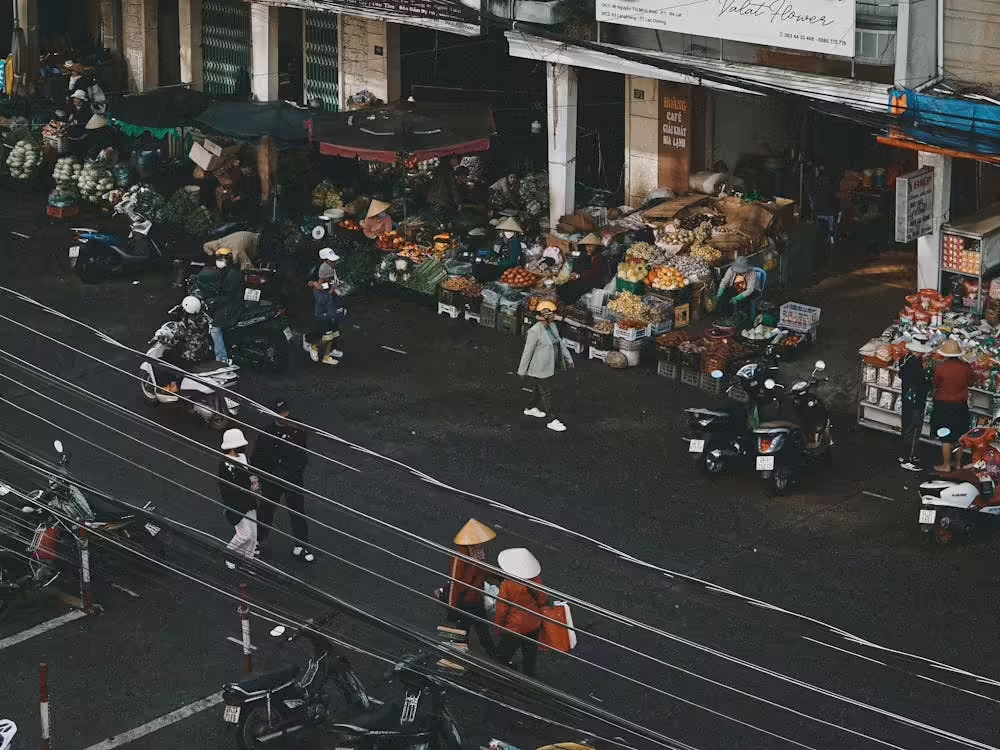Author: Teuku Riefky, Faizal Rahmanto Moeis, Yusuf Sofiyandi, Muhammad Adriansyah, Anas Izzuddin, Aqilah Farhani, Sendy Jasmine
Executive Summary
Indonesia is in the middle of its long-term development challenge to escape the ‘middle-income trap’. As often as developing countries face the same challenge, one common strategy to be implemented by the Government of Indonesia (GoI) is to develop a massive infrastructure plan across the country. Despite the ambitious development and planning of infrastructure in Indonesia, Indonesia’s current state of infrastructure is under threat due to natural disasters. Natural disasters cause damage to infrastructure, which affects the infrastructure’s ability to provide bene?ts for the society and economy. The geographical position of Indonesia and climate-related factors have raised the exposure of environmental risks and climate change to Indonesia’s infrastructure. In general, the current infrastructure conditions in Indonesia are simply not resilient enough to endure future disaster and climate change risks. Therefore, to mitigate and adapt to these risks, Indonesia should build resilient infrastructures, which are able to withstand damage or disruptions, but if affected, can be readily and cost-effectively restored (Scalingi, 2007). Indonesia has created several national-level development plans for resilient infrastructure development, such as the 2014 RAN-API, 2012 RAN-MAPI, and the 2020–2024 RPJMN that complement each other, emphasize resilient infrastructure to reduce losses due to disasters. Regionally, several districts have their own climate change adaption disaster risk reduction plan, such as Makassar City and Kupang City, that accommodate local disaster and climate risks. However, not all districts have designed their climate change adaptation disaster risk reduction plan as it is not mandatory. Moreover, the GoI has created several regulations regarding resilient infrastructure, such as Green Buildings, infrastructure in tsunami-prone areas, and building technical requirements. These plans and regulations have also been supported by several actors, both from the public and private sector. The challenges faced to improve resiliency of infrastructure in Indonesia into three broad categories; regulatory and policy challenge,
institutional challenge, and sectoral challenge:
1) Regulatory and policy’s main challenge is in the enforcement of resilient infrastructure standard. Standards related to infrastructure resilience, such as the construction quality of buildings that manifests in the SNI, are already in place. However, the adoption of standards for the existing infrastructure still faces challenges due to the relative absence, to some degree, of policy incentives to enforce such standards. Furthermore, challenges in the mainstreaming of resilient infrastructure regulations or policies to regional
planning also exist.
2) The institutional challenge in developing resilient infrastructure include technical and ?nancial capacity. For technical capacity, the ?rst issue is the limited supply of quali?ed human resources to support the development of resilient infrastructures. A limited supply of professionals to assist in the conduct of spatial planning, implement resiliency standards, and carry out constructions can result in an environment that is unsuitable for the development of resilient infrastructures. For the ?nancial capacity challenge, the main issue is the high ?nancing need required for resilient infrastructure and limited ?scal space of GoI. Thus, resilient infrastructure cannot be fully funded by the state, while at the same time, alternative ?nancing is fairly limited.
3) Sectoral speci?c issues may provide challenges due to the variety of issues. The sectoral challenges include, but not limited to, transportation, energy, water management, coast, health, and industry. Sectors such as coast and energy infrastructures have issues regarding the disaster-proneness of the locations. Transportation suffers from low maintenance, causing deterioration of the infrastructures. Health-related infrastructures, in general, have not achieved resilient level standards. Whereas industrial infrastructures contribute to climate change and, at the same time, are prone to climate change-related disasters.
In general, Indonesia may learn certain lessons regarding resilient infrastructure development. The lessons include a continuous learning process in the event of disasters and research and development to improve infrastructure standards, a comprehensive approach of infrastructure development, optimizing local government coordination and contribution in resilient infrastructure development, strengthening ?nancial tools and instruments for resilient infrastructure ?nancing, and improving the resiliency of critical infrastructure.




